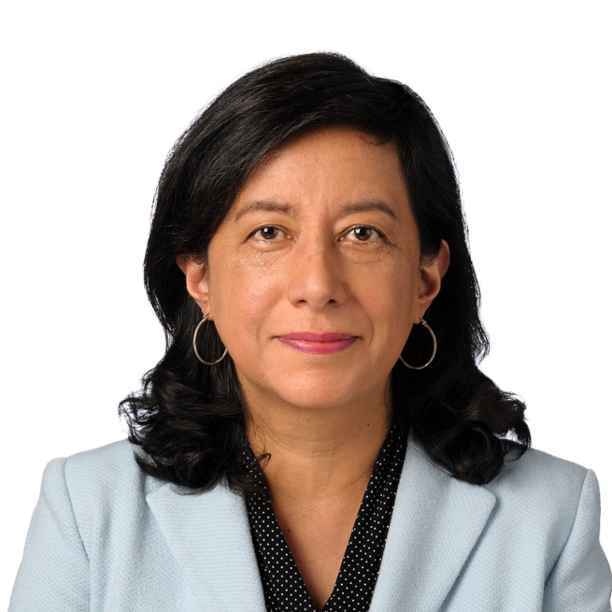The new US administration has made very clear that its engagement with the rest of the world will change. Lower taxes, higher tariffs, stricter immigration policies and reduced support for clean energy are some of the steps being taken. Recent global shocks and shifts, such as COVID-19 and the high interest rates set by major central banks, proved relatively manageable for investors in emerging markets. But with the current increasing geopolitical and economic uncertainty on the horizon, the question arises: will emerging markets remain calm and carry on?
So far, so good
In the past, rising interest rates in the US were bad news for emerging markets, triggering capital outflows and financial instability. Of late, however, these effects have weakened. As US central bank policy rates rose between 2021 and 2023, capital flows to emerging markets did not come to a halt and no exchange rate crisis was triggered. Credible central bank policies in emerging markets, flexible exchange rates, and stronger international reserves contributed to this resilience. The situation improved further in the first half of 2024, as global inflation pressures appeared to be under control. Investor sentiment towards emerging markets generally improved, bolstered by expectations of interest rate cuts from major central banks, which would reduce borrowing costs and strengthen local currencies against the US dollar.
However, this scenario did not fully materialise. The election of President Trump, along with the continued strength of both the US economy and the US dollar, resulted in the Federal Reserve becoming more cautious about cutting rates. The announcement of US tariffs soon followed, including a 25% tariff on aluminum and steel imports, an additional 10% on imports from China, and threats of tariffs on countries that do not cooperate with the US administration's agenda. Although no one really knows what the US administration’s next deal will look like, there has been no major disruption in emerging markets.
Potential and diversification
Emerging markets account for almost two-thirds of global growth and more than three-quarters of the world’s population, which demonstrates their strong potential. The number of investable emerging markets has doubled in the past 20 years, as has the diversity within this group of countries. Additionally, some countries are rich in natural resources and are major suppliers of metals, including aluminum, copper, nickel, and palladium. Many of these metals are crucial for the energy transition and for obvious reasons their production cannot easily be reallocated.
Many emerging markets have gradually decoupled from the US. Economic ties among emerging markets have strengthened, particularly with China, whose imports from these markets have quadrupled since 2000. China has been South America’s major trading partner for some time and Chinese tourists are flocking to emerging Asia. Finally, for some low-income countries with weak global trade linkages, such as Pakistan and Guatemala, domestic factors are more significant in driving their economic performance than the impact of American economic developments.
Still in need of foreign capital
Emerging markets rely on foreign financing and donor aid to develop their economies. Multilateral institutions like the IMF and the World Bank provide financial support, especially during challenging times, provided that countries utilise these funds responsibly. This is how it has been for many years, until now. The US and other donor countries have decided to tighten their belts and to oppose efforts to provide more firepower to multilateral institutions. This means that funding will become more limited, and borrowing costs are likely to rise. China has already overtaken the World Bank as the primary lender to emerging countries, but its practices regarding debt sustainability, labour conditions, and environmental care differ from those of other creditors. Moreover, the private sector financing that emerging markets require to bridge the gap created by diminishing public funds and donor grants is more critical than ever.
We cannot prevent the US from cutting its financial support to emerging markets, but we certainly do not have to follow suit. Emerging markets are now in a fundamentally better position; the capital outflow that usually leads to crises is not occurring. However, these countries need a stable source of financing in order to develop effectively. Financial inclusion contributes to this by investing in financial institutions in various countries, which in turn finance local small and medium-sized enterprises and thus help promote socioeconomic development.
We must not give up on the progress made in recent years in the fight against extreme poverty and violent conflict and allow countries to fall back into a dark past. That is a future that no one wants to experience.
This column was originally published (in Dutch) by Financial Investigator.


